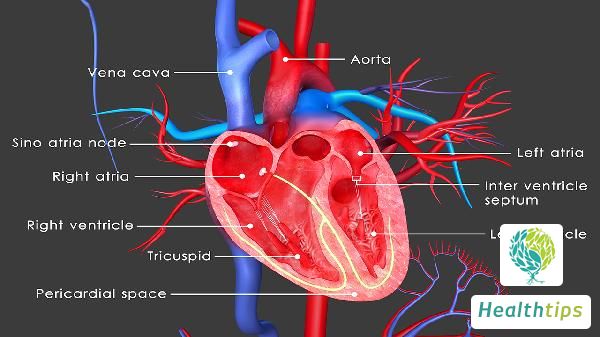"How Can I Effectively Treat Vitiligo?"
For patients with vitiligo, treatment options generally include daily care, medication, and phototherapy. It is recommended that patients select an appropriate treatment method under the guidance of a doctor based on their individual condition.

1. Daily Care
Vitiligo is a skin disease characterized by white patches caused by the destruction of melanocytes. It may be related to genetic factors or autoimmune system disorders. If the patient's condition is mild and does not cause severe discomfort, they can consume fresh fruits and vegetables such as apples, bananas, and spinach to supplement necessary nutrients. Additionally, eating black sesame paste, black beans, and other foods can promote melanin synthesis in the body. It is also crucial to avoid ultraviolet radiation by taking preventive measures like wearing sun-protective clothing or using umbrellas when going outdoors.
2. Medication
For patients with more severe conditions exhibiting obvious skin lesions, medications like tacrolimus ointment and pimecrolimus cream can be prescribed by doctors to reduce inflammation and aid in disease recovery. If necessary, glucocorticoid drugs like prednisone tablets and dexamethasone acetate tablets may also be prescribed.
3. Phototherapy
Phototherapy involves irradiating the affected area with light of a specific wavelength to achieve therapeutic effects. Common phototherapy instruments include NB-UVB narrowband ultraviolet B treatment devices and excimer laser treatment devices. This method is typically suitable for patients with stable vitiligo, as it can inhibit local T lymphocyte proliferation, reduce the number of abnormal pigment cells, and help restore normal skin color.
Additionally, surgical treatments may also be considered. If any significant discomfort arises during treatment, immediate medical attention should be sought to avoid further complications.



















